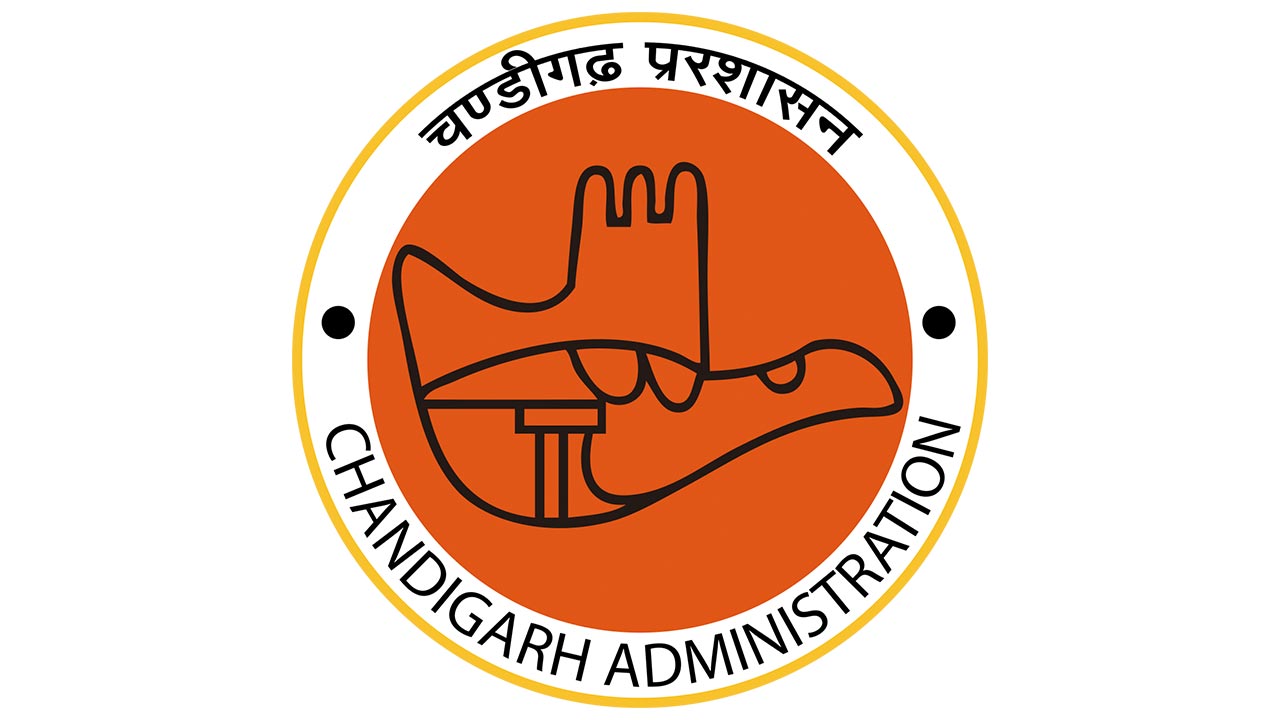Chandigarh
Chandigarh, India
One of the earliest planned cities in post-independence India.
| Garden City Type: | Mixed (housing association / municipality / other) |
| Country: | India |
| City: | Chandigarh |
| Years of construction: |
1950 Start construction
|
| Initiator/client: | East Punjab |
| Architect or related: |
Albert Mayer Albert Mayer (December 29, 1897 – October 14, 1981) was an American architect and city planner. Albert Meyer on Wikipedia Matthew Nowicki Matthew Nowicki, in Poland known as Maciej Nowicki (26 June 1910 – 1 September 1950) was a Polish architect and the chief architect of Chandigarh. Maciej Nowicki on Wikipedia Le Corbusier Le |
| Heritage status: | Yes |
| General condition of Garden City: | Good condition |
General description
After the partition of India in 1947, the former Indian province of Punjab was divided between India and Pakistan, with the former capital Lahore falling into Pakistan's West Punjab. Instead of assigning an existing city as the capitol of India's East Punjab, the government decided to built an new, modern city. It became one of the earliest planned cities in post-independence India.
The original plan from 1949, by the American city planner and architect Albert Mayer and his Polish colleague Maciej Nowicki, was based on the garden city. After Nowicki died in a plane crash in 1950, Mayer withdrew from the project. His place was taken by Le Corbusier.
Le Corbusier modified the plan somewhat and changed the curved streets into a strict grid. He not only designed the layout of the city, but also many of the iconic brutalist buildings. The city has a lot of greenery and presents itself with the slogan "City Beautiful".
 The fan-like plan of Mayer (left) vs the straight-lined plan plan of Corbusier.
The fan-like plan of Mayer (left) vs the straight-lined plan plan of Corbusier.
Architecture / Urban planning
The city plan was conceived as a post war ‘Garden City’, with no high rise buildings. The first phase of the master plan consisted of 30 low density sectors, spread over an area of 9000 acres (Sector 1 to 30) for 150,000 people. Phase 2 consisted of 17 considerably higher density Sectors (Sectors 31 to 47), spread over an area of 6,000 acres for a population of 350,000.
The primary module of the city’s design is a Sector, a neighbourhood unit of size 800 by 1200 meters. It is a self-sufficient unit, with shops, schools, health centers and places of recreations and worship.
The shopping street of each sector is linked to the shopping street of the adjoining sectors, thus forming one long, continuous shopping street. The central green of each Sector also stretches to the green of the next sector.
Sources
- Website URL
- Website URL
'Know Chandigarh' on the official website of the Chandigarh Administration.



